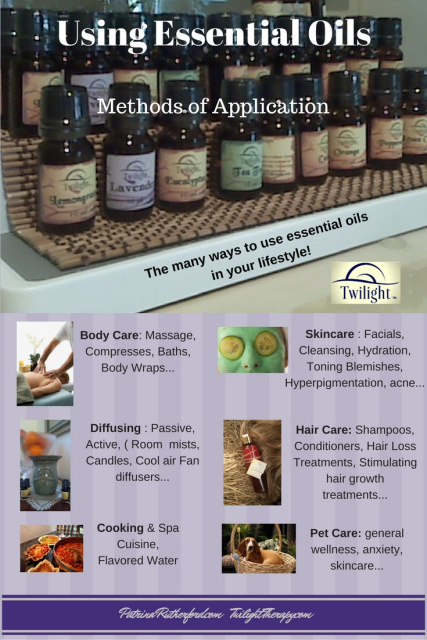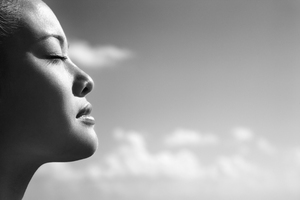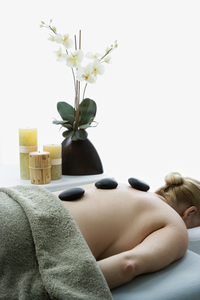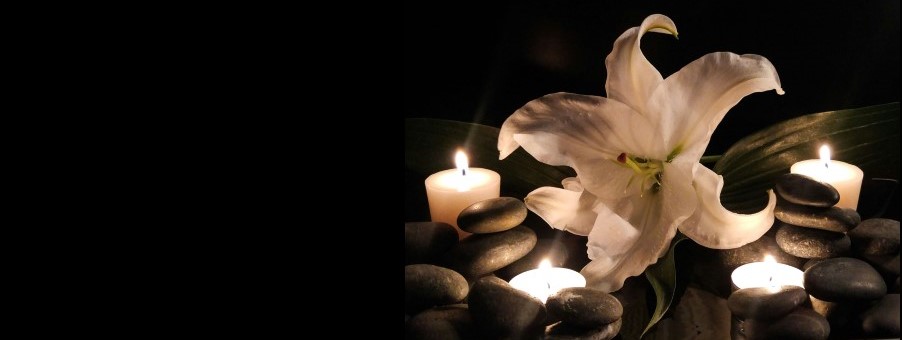Essential Oil Uses
Methods of Applications or the many uses of essential oils.

Tiny flower petals, the bark of a majestic tree, short stubby needles, the droplets released from the peel of citrus fruit, the earthy deep roots of grasses... their scent is a gift. Deep within that odoriferous molecule called scent, there is power.
The power to heal.
There are many ways to incorporate the use of essential oils into your daily routine. It is not necessary to become an expert aromatherapist to benefit from their use. However, it is important to have a basic working knowledge of their collective and individual uses (see our School or join our newsletter for upcoming classes and webinars).
The subconscious sense of smell is at work without even needing your awareness. Intentionally using one or more of the oils during your gratitude meditation or in your many routines will release the transformational healing power of their chemicals throughout your day.
Inhalation:

You can carefully inhale the oils straight out of the bottle. Be careful to let the aroma come to you as you gently "fan" your hand over the open bottle and guide the scent to your nose.
Make your own steam inhalation by adding 1-3 drops of essential oil to a bowl of warm, steamy water. Place a towl over your head and bow. Inhale the vapor for a few minutes. If you have a facial steamer, that's great! Add to the resevoir following the manufacturers directions.
Topical:
There are a few oils that can be applied NEAT. This just means directly to the skin without diluting. Apply the oil directly to the skin in tiny amounts for specific problems like a blemish, minor cut or burn, or even an insect bit.
Diffusing:
There are active and passive diffusing techniques (please see the blog on diffusing essential oils for more information). Active diffusing requires an energy source, such as electricity, to run a cool air fan diffuser or a nebulizer. A lamp ring or an oil warmer that uses a bulb or a candle flame to heat the mixture of oil & water that fills the small bowl is also considered an active diffuser.
Passive diffusing is usually added to potpourri, wax chips, terra cotta chips, fabrics, etc.
Skincare & Bodycare & Bath:
Spa is a town in Belgium which is said to be responsible for the the beginnings of the wellness spa industry and the name of our industry; Spa. Their healing mineral springs are famous, as well as their mineral water production.
Massage & Compresses:

Cooking:
Pets:
When using essential oils with pets be sure and dilute to an extremely low concentration. Our fur babies absorb the essential oils quickly through the skin and their olfactory system (smell). Cats are particularly sensitive to essential oils. When used with care pets can benefit from the healing properties of the EOs.

We had so much fun when our store sponsored "Pet Day" 4 times a year. Many pets and animals respond well when using essential oils that are diluted appropriately for their species and weight.
Cats, however, tend to be more sensitive to the oils even when they are diffused into the air. Use care and consideration when diffusing the essential oils by lowering the amount you use. Hydrosols are safer and easier to use for you furry feline.
Be sure to stay within the usage guidelines and work with your veterinarian, as many are beginning to embrace alternative and vintage remedies.



